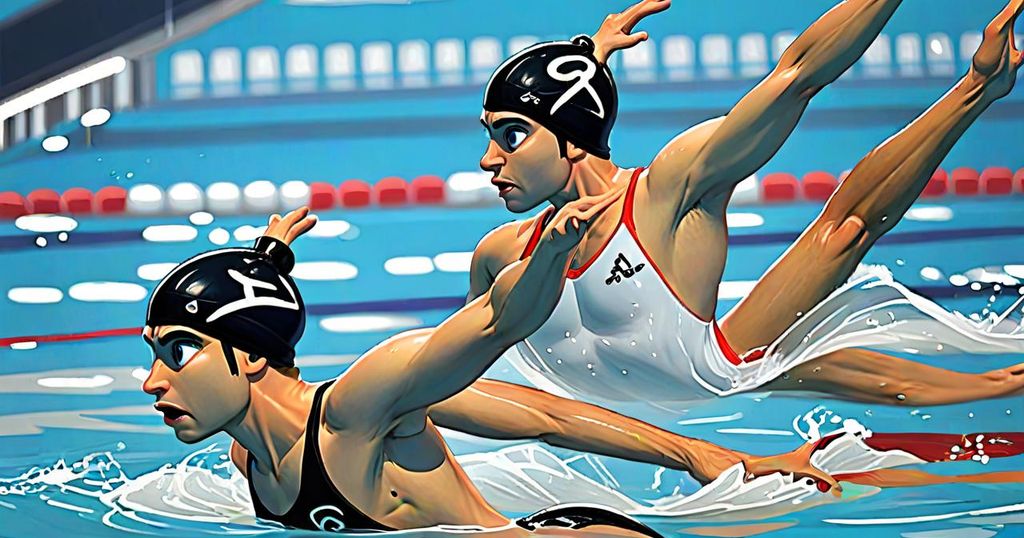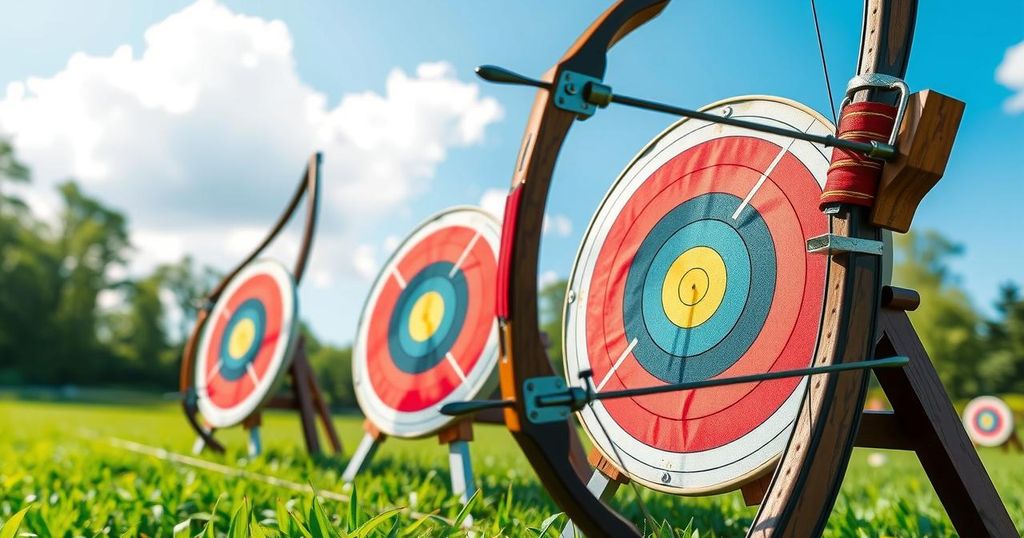Diving into the World of Artistic Swimming: A Beginner’s Guide
Artistic swimming, formerly known as synchronized swimming, is a sport that transcends mere synchronization. This captivating sport seamlessly integrates the grace of ballet with the athleticism of acrobatics, demanding swimmers to execute intricate movements both above and below the water’s surface. With the Summer Olympics in full swing in Paris, now is the opportune time to immerse oneself in the enchanting world of artistic swimming.
At the Paris Olympics, the artistic swimming competition comprises two events: duet and team. The duet event entails a “technical” routine and a “free” routine. The technical routine encompasses five compulsory movements, while the free routine permits greater artistic freedom. On the other hand, the team event includes technical and free routines, in addition to an acrobatic routine, necessitating teams to execute seven acrobatic movements across four categories.
One notable addition to this year’s Olympic competition is the implementation of a declared degree of difficulty in the judging system. This new regulation enables teams to showcase their creativity and take calculated risks, contributing to a fairer and less subjective scoring process. It is a transformative development that has impacted the standings, as evidenced by the remarkable performance of Team USA.
To maintain an appearance of effortless grace, artistic swimmers must proficiently master the egg-beater technique, enabling them to remain upright in the water during lifts, throws, and catches. In addition to remarkable cardiovascular and lung capacity, swimmers also employ nose plugs to prevent water ingress during intricate underwater maneuvers.
Another intriguing aspect of artistic swimming is the use of gelatin to secure swimmers’ hair in place and safeguard it from the harsh effects of chlorine. Meanwhile, underwater speakers aid swimmers in maintaining perfect synchronization with the music, crafting a captivating and enchanting spectacle.
A remarkable modification in this year’s Olympics is the incorporation of male artistic swimmers in the team event for the first time. Despite this breakthrough, no male swimmers are participating in the event. Historically, men have encountered limitations in artistic swimming, ultimately fostering the prominence of female teams in the sport. While the opportunity for male swimmers has now emerged, the representation of men in artistic swimming remains an ongoing endeavor.
As we eagerly anticipate the medal ceremonies for the artistic swimming events, let us applaud the captivating performances and unparalleled athleticism demonstrated by these extraordinarily talented athletes. Whether one is a sports aficionado or simply appreciates the beauty of artistic expression, there is undeniably something captivating about the art of synchronized swimming. Let us continue to wholeheartedly support these exceptional athletes and witness the enchantment of artistic swimming unfold at the Paris Olympics.








Post Comment